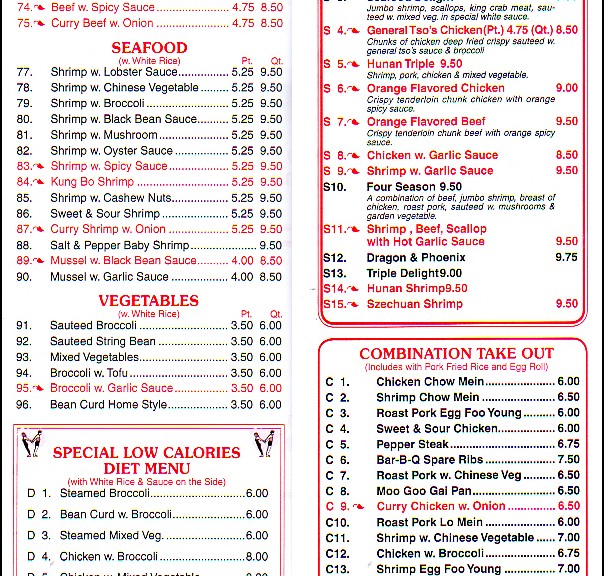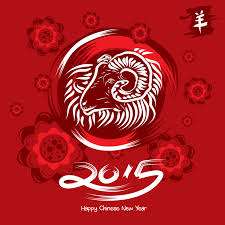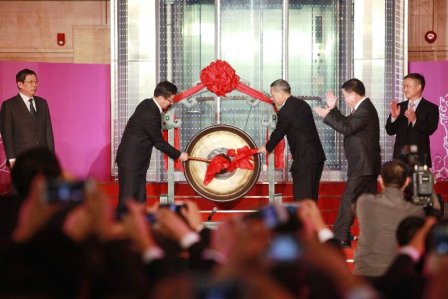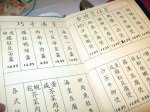MarketsMuse.com ETF update profiles the real driver behind the surge in China-focused exchange-traded funds courtesy of below extract from 28 April a.m. column by Todd Shriber of ETFtrends.com “Surprising Drivers of the A-Shares ETF Surge.”
It is not a secret that exchange traded funds holding Chinese equities, both A-shares trading on the mainland and Hong Kong-listed H-shares, have recently been delivering staggering returns.
Over the past month, the top 13 non-leveraged ETFs are all China funds, according to ETFScreen.com. That group includes 4 A-shares ETFs, an impressive number considering there are just seven such funds trading in the U.S. Year-to-date, seven of the top 11 non-leveraged ETFs are China funds, four of which hold A-shares.
Beijing-controlled companies have been driving the Shanghai Composite higher, creating a divergence between that benchmark index and the Shenzhen Stock Exchange Composite Index. (See Dec 2014 ETFtrends.com for background)
“The explanation for this divergence revolves around State Owned Enterprises,” said Rareview Macro founder Neil Azous in a note out Monday. “The Shanghai Index is composed of ~68% SOE and ~32% non-SOE whereas the Shenzen Index is only 22% SOE and 78% non-SOE.”
Granted, it is just a small data set, but over the past week the SOE-heavy ASHR and PEK have performed in-line with the Deutsche X-trackers Harvest CSI 500 China A-Shares Small Cap Fund (NYSEArca: ASHS) as each have raced to all-time highs.
Azous notes that speculation about China’s plans to possibly reduced the number of SOEs via mergers has contributed to the rally. For example, there is speculation that PetroChina (NYSE: PTR) and China Petroleum & Chemical could be merged to create that country’s equivalent of Exxon Mobil (NYSE: XOM). Those stocks combine for almost 1% of ASHR’s weight.
For the entire article by ETFtrends.com Todd Shriber, please click here





